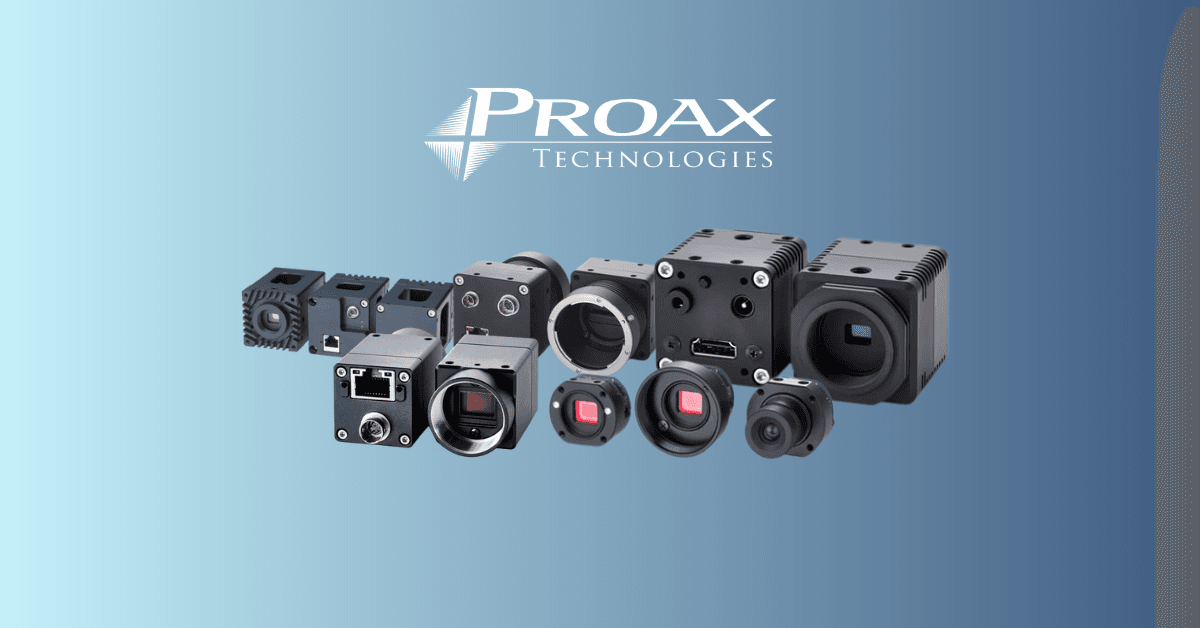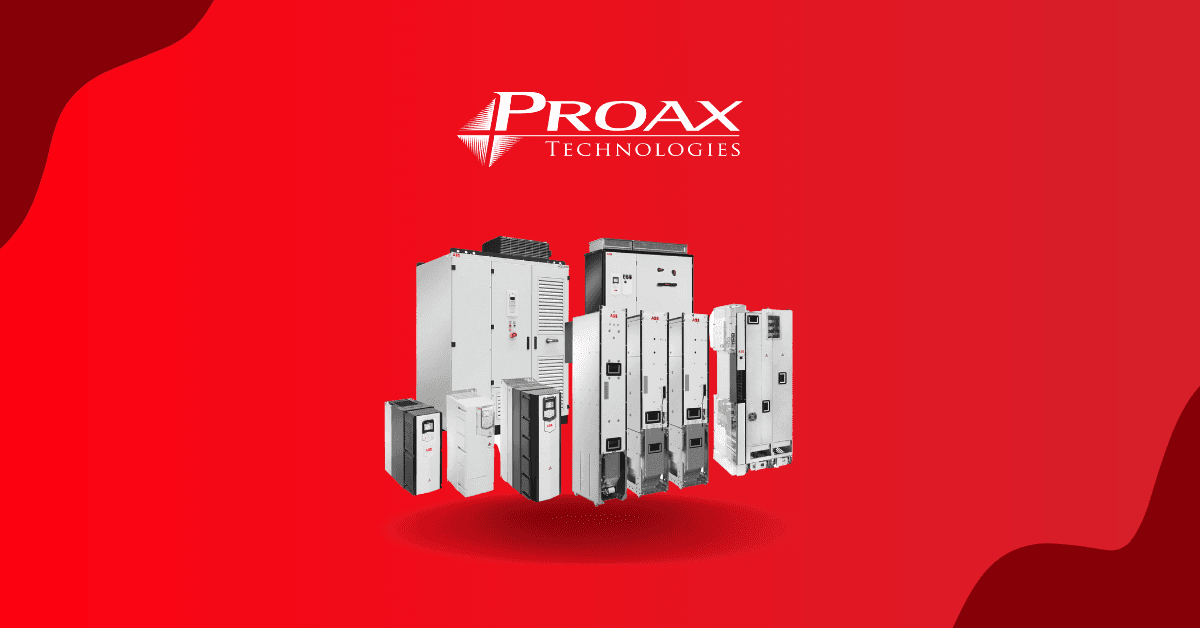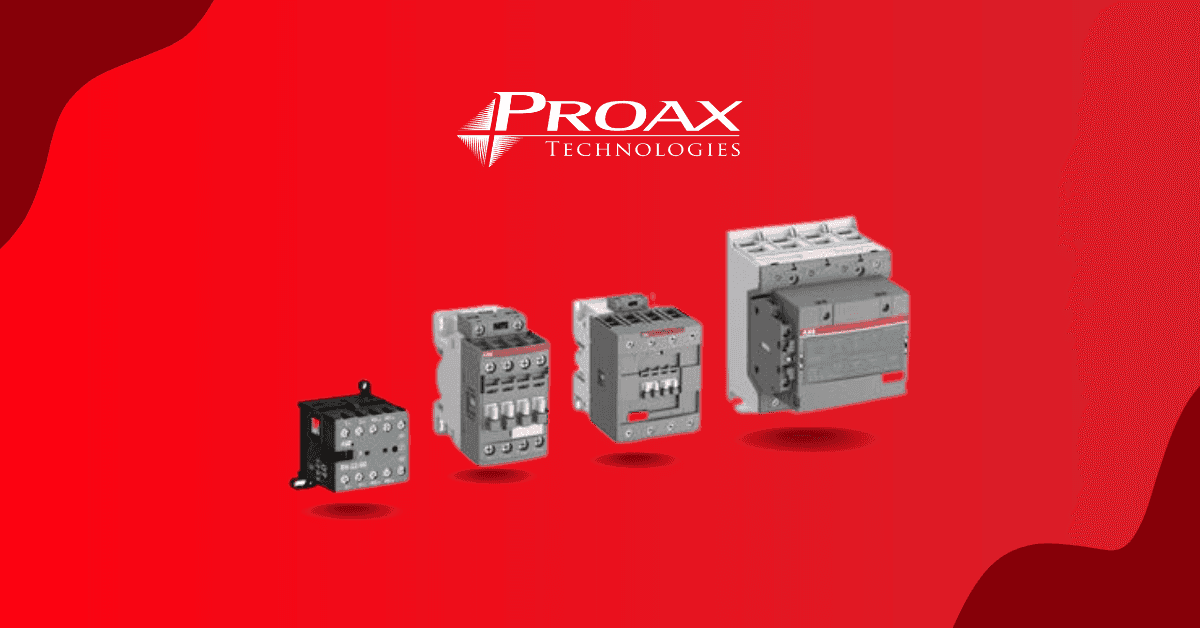Human Machine Interface, or HMI, refers to the technology that allows humans and machines to communicate. It is an interface that permits users to interact with and control devices or systems effectively. HMI comprises hardware and software, integrating visual and tactile elements to create a seamless user experience, It is a a window into the automation system.
HMIs allow operators to initiate and terminate cycles, modify set factors, and carry out other operations required to readjust and communicate with a control procedure. Since the HMI is software-based, physical cables and controls can be changed with software parameters, allowing for rapid adjustment.
HMIs are available in various formats, including integrated displays on machines, computer displays (PC HMIs), and tablet computers. Still, regardless of their design or the terms used to describe them, their purpose is to provide insight into mechanical performance and development.
The performances and rates of HMIs can vary significantly. However, for simple applications, such as changing six-sign lights, mini-HMIs can be remarkably cost-effective.
Major Industries that use HMI
Nearly all industrial companies and a vast array of other businesses use HMI innovation to interact with their makers and optimize their commercial processes.
- Pharmaceuticals
- Plastics and Packaging
- Manufacturing facilities
- Food and Beverage Industry
- Water and Wastewater Management
- Oil and Gas
- Power and Energy
- Transportation
- Vending machines
Pharmaceuticals
In the pharmaceutical industry, HMIs are utilized to monitor and control a variety of processes, including drug production, packaging, and labeling. They provide operators with an intuitive interface for monitoring and adjusting parameters such as temperature, pressure, and dosage. In addition, HMIs facilitate real-time monitoring of production lines, which ensures quality control and regulatory compliance.
Plastics and Packaging
In Plastics and Packaging applications “on screen temperature” is a must. Injection Molding Machines, Extruders and Blow Molding Machines all require multi-zone Temperature control. Omron as a world leader in industrial temperature control has top not PID control and this is required for high quality plastic. The Recipe feature of the advanced HMI save time and errors in production run setup.
Manufacturing facilities
HMIs play a vital function in manufacturing facilities across a variety of industries, including automotive, electronics, and consumer goods. They enable operators to control and monitor equipment such as conveyors, assembly lines, and robotic systems. HMIs provide real-time data on machine performance, maintenance needs, and production output, enabling efficient production management and problem diagnosis.
Food and Beverage Industry
In the food and beverage industry, human-machine interfaces are utilized for recipe management, production control, and process visualization. HMIs allow operators to configure cooking, combining, and blending parameters. In addition to providing information on ingredient quantities, processing times, and temperature controls, these interfaces ensure product quality consistency and regulatory conformance.
Water and Wastewater Management
In water treatment plants, effluent management facilities, and water distribution networks, HMIs are indispensable. They assist operators in monitoring water quality, managing treatment processes, controlling pumps and valves, and detecting system defects to guarantee a safe and reliable water supply.
Transportation
The transportation industry, including railways, aviation, and marine sectors, utilizes HMIs for monitoring and regulating a variety of systems, including vehicle operation, navigation, communication, and passenger information. HMIs contribute to sustaining safety, optimizing fuel economy, and facilitating a pleasant travel experience.
Oil and Gas
HMIs are extensively utilized in the oil and gas industry for controlling and monitoring drilling, production, refining, and distribution operations. HMIs provide operators with real-time data on parameters such as pressure, temperature, flow rates, and apparatus status, enabling them to make informed decisions and maintain operational safety.
Power and Energy
HMIs are utilized for administering and controlling power generation, transmission, and distribution in the power and energy sector, which includes power plants and electrical grids. HMIs enable monitoring of energy consumption, grid stability, and apparatus performance, thereby optimizing energy production and ensuring grid dependability.
Vending Machines
Modern vending machines increasingly incorporate HMIs to improve the user experience and facilitate operations. Touchscreen interfaces on vending machines allow customers to conveniently peruse product options, select items, and make purchases. Remote monitoring of inventory levels, sales information, and machine performance enables efficient replenishment and maintenance.
Advantages of HMI
There are multiple advantages to implementing an HMI system in plants and facilities. Listed below are some of the numerous benefits of having an HMI system:
Alarm and warning: features are advanced in general-purpose HMI systems. Alarms are simple for operators to establish and keep track of, ensuring quick warning and action in the event of equipment failure or unusual situations. The reliability and efficiency of alarm management are increased by the integration of these HMI solutions.
Reliable Messaging: Generic HMI systems improve the capability of reliable messaging. These systems enable operators to receive automatic notifications and alerts via a variety of communication protocols, including email and SMS. These HMI systems are integrated to provide seamless and dependable messaging for important updates and information.
Plant Management Made Simple Overall: Because of their intuitive user interfaces and sophisticated control functions, generic HMI systems make it simpler to run plants. The user-friendly interfaces and controls of these systems enable operators to efficiently explore, monitor, and manage plant operations. These HMI systems are integrated to improve operational control and streamline plant management.
Accurate Testing: The use of general-purpose HMI systems permits accurate testing of machinery and apparatus. Plant managers can test and validate processes using these systems' simulation and testing functionalities without using any physical tools. This feature speeds up startup and improves test accuracy overall.
Cost Savings: Integrating generic HMI systems into factory operations can result in cost savings. These systems save running costs by eliminating the requirement for various components including selectors, pushbuttons, and indicator lamps. Further reducing costs is the removal of extra cables, panels, and consoles due to the integration of various HMI systems.
Enhanced Communications: The facility's enhanced communications are made possible by generic HMI systems. These systems provide smooth integration and communication with other tools and processes in the plant thanks to their support for Ethernet, remote I/O, and serial interfaces. This improves connectedness and communication effectiveness overall.
Which HMI Is Best for You?
Before making a purchase, you want to understand what your HMI requires and how it will benefit your workplace. Determine the appropriate screen size: Do you know which length you prefer? How much space is available for the HMI? For SCADA software, displays must be compatible with HMIs. A larger HMI will result in fewer page displays.
Determine your desired touch variety: Will your application be compatible with the standard touchscreen technology? Will an Elo touch interface be required? Determine which contact type you prefer or which your application needs.
Consider whether you want a product with multiple functions: Do you desire an HMI that incorporates the display, memory, and storage, or would you rather keep your HMI and PC separate? It will hinge on both how the HMI is utilized and how it is physically handled. If you anticipate needing to replace damaged screens, keep the HMI distinct.
Determine the screen resolution you need: Certain software applications require a specific screen resolution to function correctly. Determine the necessary solution to select the appropriate HMI.
We can provide you with additional support, training, and assistance in selecting the most suitable HMI system for your application Contact us today
Where Is Hmi Used in Industrial Automation?
HMIs provide operators with vital data, which can then be analyzed to optimize the allocation of personnel and equipment or to optimize production. Popular configurations include mountable HMIs — industrial-grade, rugged 15-inch touchscreens with USB connections for a scanner, keyboard, or another device — and portable tabled HMIs — military-grade tablets with integrated barcode and fingerprint scanners.
HMIs are utilized in industrial applications that require processing a large volume or a high level of complexity of inputs and outputs to optimize the performance of industrial apparatus or plant-wide operations.
Examples of HMI industrial use cases are oil and gas, pharmaceutical manufacturing, food processing, plastics, robotics, transportation, mining, and SCADA systems.
Differences between SCADA, HMI, PLC
PLCs, SCADA, and HMIs play crucial roles in process automation and advanced system design. PLC is a hardware-based device, whereas SCADA is a system that interacts with the PLC. However, an HMI is also a system that interacts with a PLC. Since a SCADA system and an HMI can perform essentially the same functions, it is essential that you understand the difference between SCADA, HMI and PLC.
Omron NB and NA Series
Omron HMI NB and NA Series provide a variety of alternatives for determining the most suitable HMI for your application:
Screen Size: Different screen sizes are available for Omron NB and NA Series HMI systems to accommodate various application requirements and open space. Consider the available space for the HMI and select an appropriate screen size. The NB Series provides screens ranging from 3.5 to 10.1 inches, whereas the NA Series offers sizes ranging from 7 inches to 15 inches.
Touch Variation: These series provides touchscreen technology as the standard for most applications. If your application requires a specific touch interface, such as Elo Touch, ensure compatibility and select the corresponding model. Consider the touch variety that best meets the needs of your application.
Functions and Integration: Omron NB and NA Series HMI systems, offer the choice between integrated and discrete HMI and PC configurations. Omron NA series are the advanced line of HMIs and are part of the Sysmac Automation line. Determine if you prefer an HMI with integrated display, memory, and storage or keeping the HMI isolated from the PC. This decision will depend on your unique application requirements and how the HMI will be used and managed. PC based HMIs offer large screen displays about 15 inches and the ability to run PC applications at the same time.
Consider the screen resolution your software application requires to guarantee its correct operation. Omron HMIs offer various screen resolutions to satisfy the requirements of multiple applications. Check the software's required solution and select an HMI model supports that resolution.












































